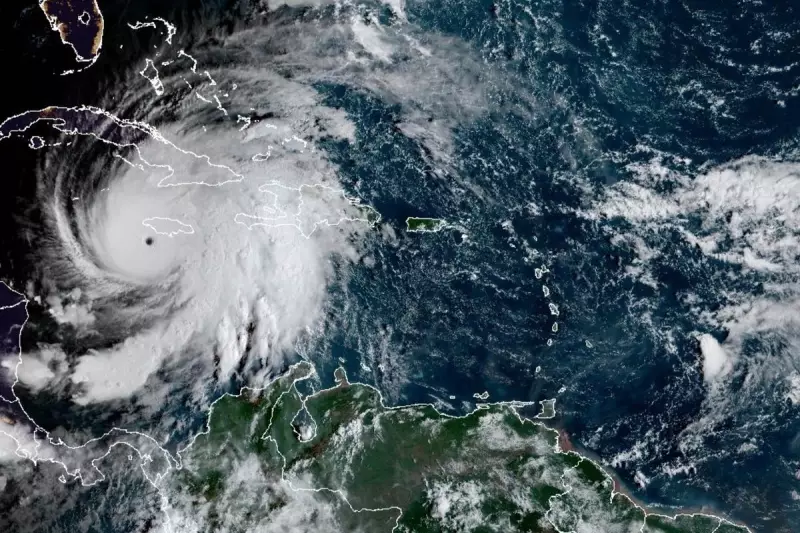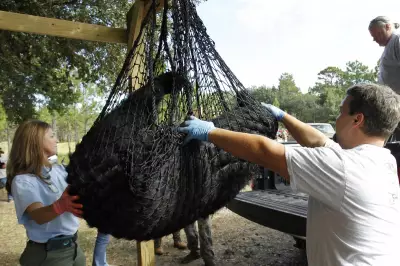
Jamaica and its Caribbean neighbours are facing an unprecedented environmental challenge as a colossal belt of sargassum seaweed, spanning an astonishing 5000 miles across the Atlantic Ocean, approaches their vulnerable coastlines.
Marine experts are sounding alarms about what could become one of the most significant seaweed invasions in recent history, with the floating biomass already visible from space and creating what scientists describe as a "floating city" of vegetation threatening marine ecosystems and tourism-dependent economies.
The Scale of the Crisis
The sheer magnitude of this sargassum accumulation is staggering. According to oceanographic data, this isn't merely a coastal nuisance but a transatlantic phenomenon stretching from West Africa to the Caribbean Sea. Satellite imagery reveals a continuous mat of seaweed that could potentially smother beaches, choke marine life, and devastate local fishing industries.
Dr. Mona Webber, director of the Centre for Marine Sciences at the University of the West Indies, expressed grave concern: "We're observing quantities of sargassum that far exceed anything in our historical records. The scale is truly unprecedented and poses multiple threats to our coastal communities."
Economic and Ecological Consequences
The implications for Jamaica's tourism sector are particularly alarming. Pristine beaches, the lifeblood of Caribbean tourism, could transform into brown, decaying seaweed fields emitting hydrogen sulphide gas—a substance known for its distinctive rotten egg odour that can cause respiratory issues in sensitive individuals.
The economic impact extends beyond tourism. Local fishermen report nets clogged with the invasive seaweed, while coastal hotels face mounting cleanup costs and potential guest cancellations during what should be peak tourist season.
Scientific Explanations and Future Projections
Researchers point to multiple factors driving this explosive sargassum growth, including:
- Warmer ocean temperatures creating ideal breeding conditions
- Nutrient runoff from agricultural activities
- Changing ocean currents influenced by climate patterns
- Natural cyclical blooms amplified by human environmental impact
Florida experts monitoring the phenomenon warn that without innovative solutions and coordinated regional response, Caribbean nations could face recurring crises of increasing severity in coming years.
The situation remains fluid, with marine scientists closely tracking the seaweed's movement and density, while Caribbean governments scramble to develop both immediate response strategies and long-term adaptation plans for what may become the new normal in Atlantic marine ecology.





